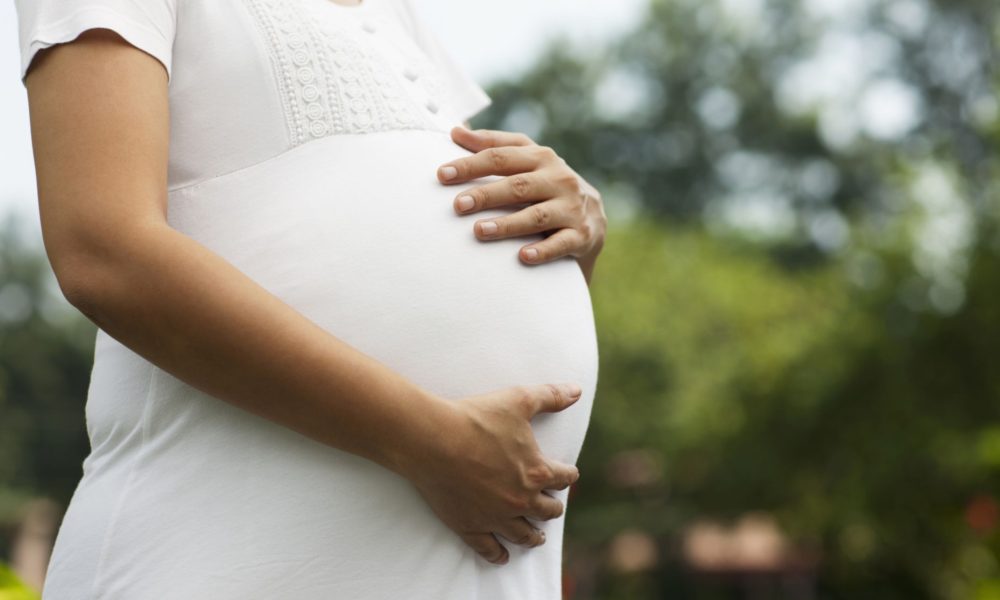
Why cash benefits are failing to bring women to govt. maternity scheme
Cash incentives are apparently not enough to make mothers-to-be to use government maternal healthcare facilities. Scientists have found that less than 50% of eligible women actually take advantage of the Janani Suraksha Yojana(JSY). The reason?- poor infrastructure in the hospitals.
A global team of researchers has found that the money provided under the scheme is less than the total costs of facility-based childbirth: both in terms of monetary and real costs.
Rather than monetary benefits, what drives the use of maternal healthcare facilities is work done by grass-root level community health workers. They are collectively called ASHAs (Accredited Social Health Activists).
Promoting institutional delivery not working well
Janani Suraksha Yojana(JSY) is a safe motherhood intervention under the National Rural Health Mission(NRHM). By promoting institutional delivery among poor pregnant women, it’s implemented with the aim to bring down maternal and neo-natal mortality.
“Even when the government is giving free money and free medical care for pregnant women to use health facility for child birth, many people still do not use health facility for child birth,” says Dr Sukumar Vellakkal, of the Azim Premji University in Bangalore.
“For example, in year 2011-12, in Uttar Pradesh – one of the largest Indian states – only 60 per cent of the pregnant women had used health facility for child birth, and only 39 per cent pregnant women had availed JSY cash incentive,” said Vellakkal, the lead author of the study which was published in the journal, Social Science and Medicine.
New mothers in states like Jharkhand, UP and Bihar which are covered under the JSY scheme underwent in-depth interviews conducted by the researchers. Aside from those in India’s Public Health Foundation in New Delhi, the researchers also included people from the Lancaster University in the UK and the University of Adelaide in Australia.
Multiple real cost components were identified by the researchers- inability to regularly attend the needs of other kids and elderly members of the family, the discomfort of staying at a delivery care facility without family members, interrupting spouses’ employment participation and inability to take care of agriculture and livestock.
“When we stay at hospital for 3-4 days, who will take care of our children and parents, who will take care of our agriculture and animals?” a 26-year-old new mother from Jharkhand, who did not avail the scheme, told the researchers.
“We don’t know how long we need to stay at hospital. Mine is not a government job, and if I don’t go to my daily job, they will find another person to replace me,” said another respondent.
Trusting traditional birth attendants over medical care
Another finding was that the people trusted in the skills of traditional birth attendants over medical care. They held the notion that childbirth is a natural event which needs no institutional care.
“In addition, though the JSY offer cash incentive, there is some deficiency in the provision of health services in the public hospitals,” said Vellakkal.
“Specifically, most public hospitals are unable to treat birth complications as a barrier, resulting in referrals mostly to private facilities,” he added.
“To improve the uptake of the programme, there is a need of improving the support services of the community health workers focused on marginalised populations, along with better public healthcare facilities,” said Vellakkal.
“Considering the diverse socioeconomic and cultural characteristics of the Indian population that can variously influence the decision of whether or not to use health facility for child birth, we should not give more importance to the market-based approaches such as conditional cash transfers,” he said.
“Equally important is to address critical gaps around quality of care at the public primary healthcare facilities,” he added.
Image credits: timesofindia.indiatimes.com